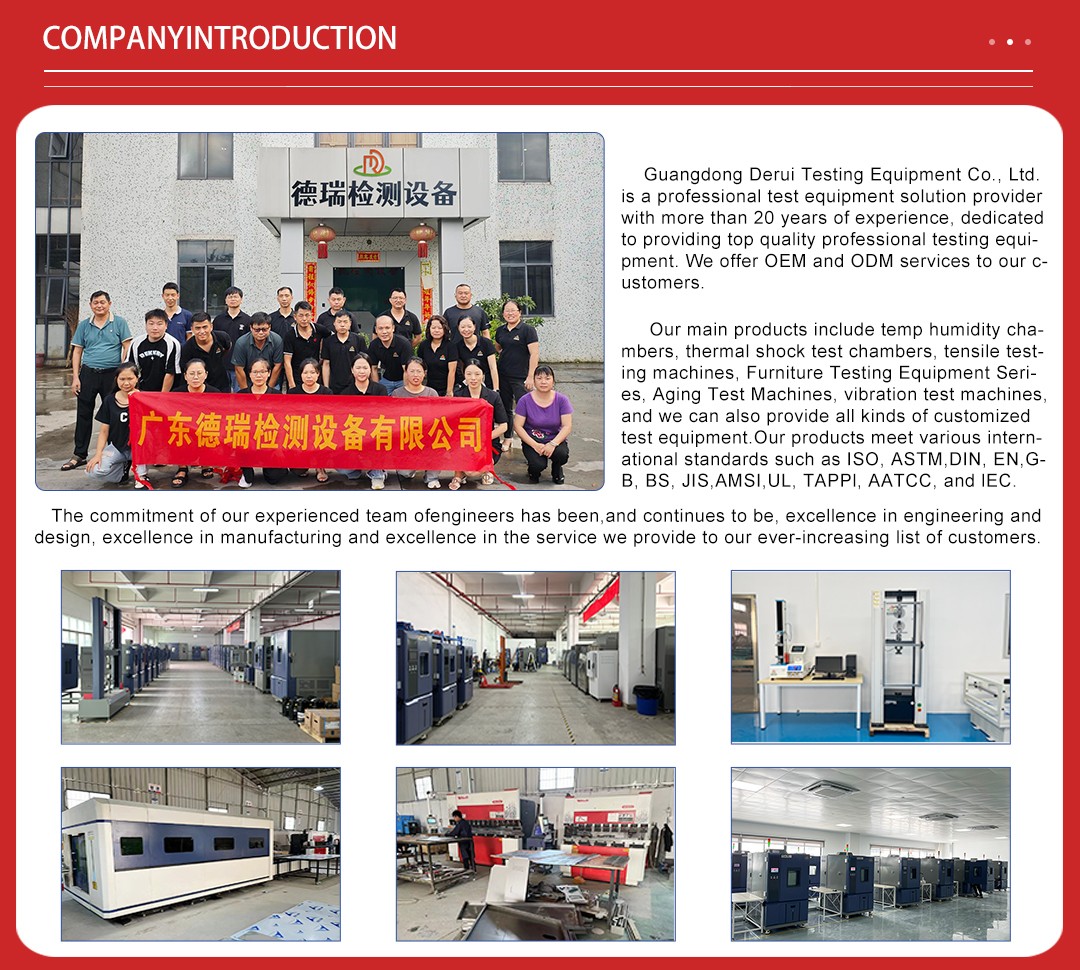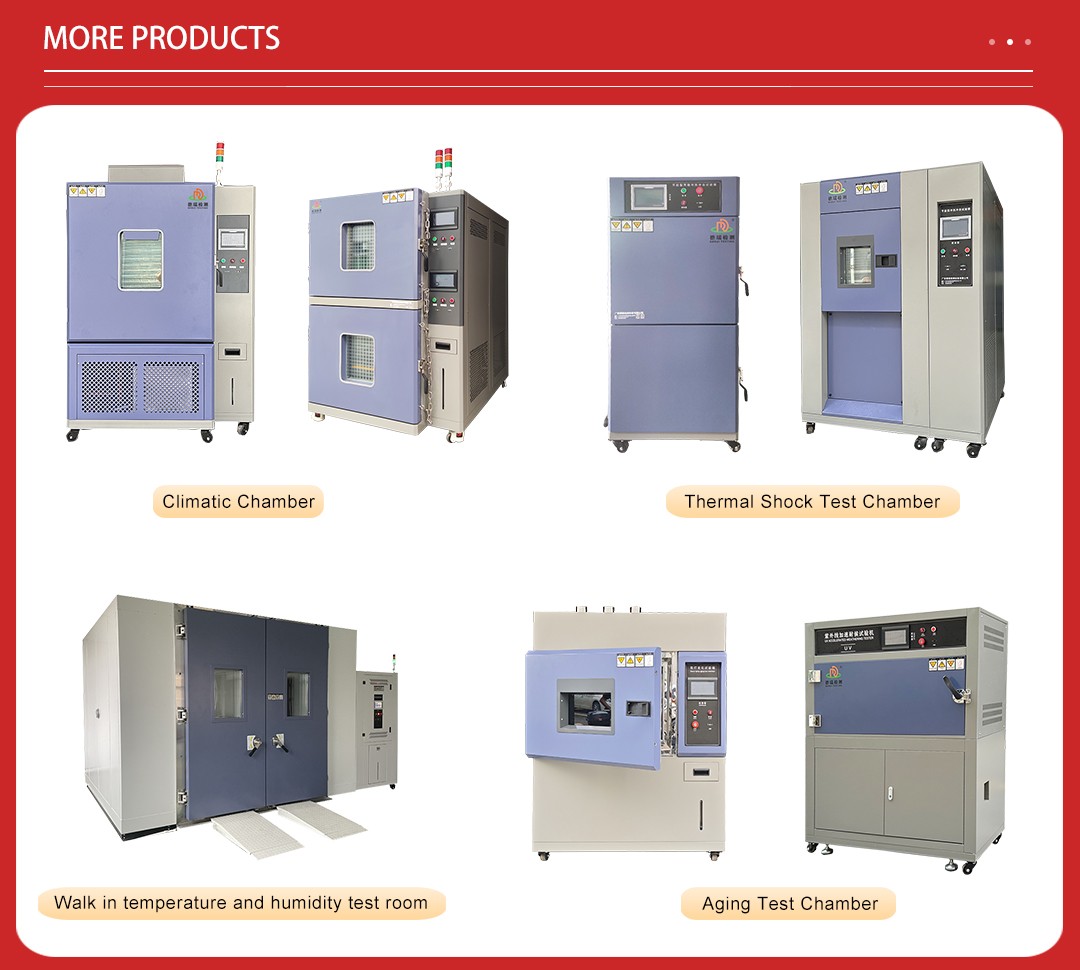
The Ultraviolet (UV) Accelerated Aging Chamber is a specialized testing device designed to simulate the damaging effects of sunlight, particularly ultraviolet radiation, on materials and products. It ...

The Ultraviolet (UV) Accelerated Aging Chamber is a specialized testing device designed to simulate the damaging effects of sunlight, particularly ultraviolet radiation, on materials and products. It is indispensable for industries that require an understanding of how their products will withstand long-term exposure to UV light, such as automotive, aerospace, coatings, plastics, textiles, and building materials. The chamber accelerates the aging process, allowing manufacturers to predict service life and durability under controlled conditions, thus aiding in product development and quality assurance.

- Automotive Industry: Testing paints, plastics, rubber, and textiles used in vehicles.
- Packaging Industry: Ensuring packaging materials can protect products during storage and transportation.

The chamber is designed to meet or exceed a variety of international standards, including but not limited to:
- SAE J2527: Accelerated Exposure of Automotive Interior Components Using Xenon-Arc Light and Water Spray

Structural Features
5. Sample Holder: Adjustable racks accommodate various sample sizes and shapes, ensuring proper positioning for accurate and repeatable results.
5. Data Logging: Advanced models feature data logging and monitoring systems for continuous tracking of test conditions and results.

1. The surface of the specimen from the lights from the nearest parallel to the surface: about 50mm
2. Wavelength range: UV-A wavelength range of 315 ~ 400nm
3. Within the radiation intensity 1W/m2/340nm
4. Temperature Resolution: 0.1 ℃
5. Light Temperature range: 50 ℃~ 70 ℃/ temperature tolerance of ± 3 ℃
6. Condensing temperature range: 40 ℃~ 60 ℃/ temperature tolerance of ± 3 ℃
7. Blackboard thermometer measuring range: 30 ~ 80 ℃/ tolerance of ± 1 ℃
8. Temperature control: PID self-tuning temperature control mode
9. Humidity range: about 45% ~ 70% R.H
10. Sink requirements: water depth less than 50mm, and a water supply automatic controller
11. Standard Specimen size: 75 × 150mm 48pcs
12. Recommended instrument environment: 5 ~ 35 ℃, 40% ~ 85% R • H, 300mm from the wall
13. Voltage: 220V ± 5%, single-phase three-wire, 50Hz, 10A, 15A GFCI requirements

Working Principle
The UV Accelerated Aging Chamber operates by exposing samples to alternating cycles of intense UV light and moisture. The UV lamps emit radiation that causes photochemical reactions within the materials, leading to changes in color, texture, strength, and other properties. The combination of UV exposure and moisture accelerates the aging process, providing insights into potential long-term damage that would occur over years of natural exposure.
Operating Conditions
4. Cycle Duration: Customizable to replicate various environmental conditions.
Testing in a UV Accelerated Aging Chamber provides critical information about the resistance of materials to UV-induced degradation. This data is essential for:
- Market Advantage: Products proven to withstand harsh environmental conditions can command premium pricing and consumer trust.
In summary, the UV Accelerated Aging Chamber is a powerful tool for accelerating the evaluation of material durability, enabling manufacturers to bring more resilient and reliable products to market faster.


Not search wanted products